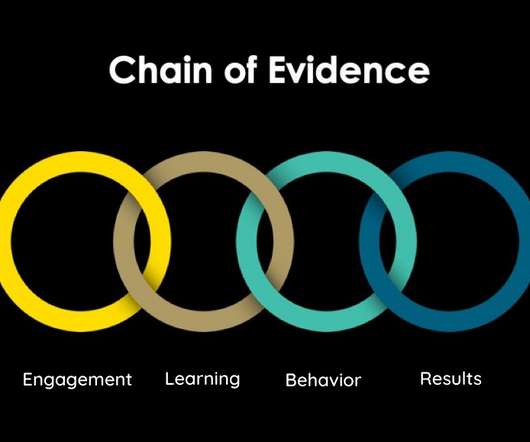Kirkpatrick’s Four Levels of Evaluation
Learnnovators
JUNE 26, 2013
It was while writing his thesis in 1952 that Donald Kirkpatrick became interested in evaluating training programs. As per the model, evaluation should always start off with level one, followed by levels two, three, and four if time and budgets permit. Was the training material relevant? Was the method of delivery effective?
































Let's personalize your content